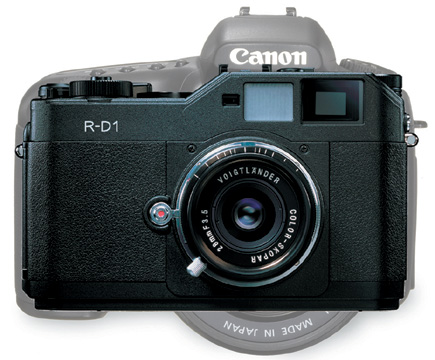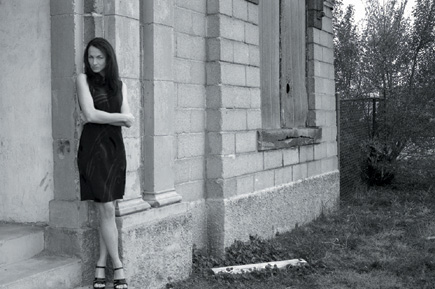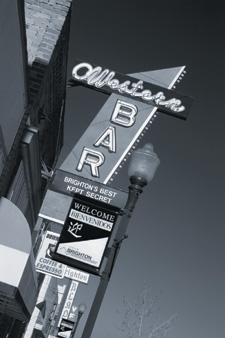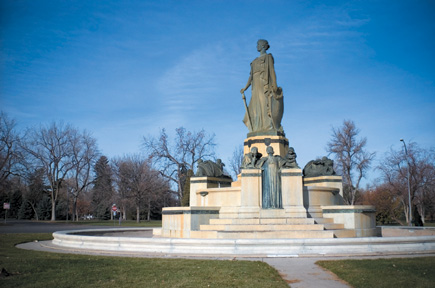eTest: Top 10 Reasons You Want A Digital Rangefinder Camera; Shooting With Epson’s R-D1
All Photos © 2004, Joe Farace, All Rights Reserved
· Epson R-D1 Quick Look
· Compact
· $2995 (Street price)
· Real world viewing
Further Information
Epson R-D1
http://www.epson.com
The Epson R-D1 is the world's first digital rangefinder camera. That
said, you should now find yourself in one of two groups: The first says, "So
what, I can get an EOS 20D for half the price." The second says, "What
took so long?" I'll confess to being in the second group of photographers
and have long lobbied the industry for such a camera, but never expected it
would be Epson bringing it to fruition.
The R-D1's form factor almost, but not quite, combines the classic rangefinder's
camera's look and ergonomics with today's digital imaging technology.
Leica cognoscenti will recognize the Epson R-D1 for what it really is. A Voigtländer
Bessa R in digital clothing that many a Leicaphile praised for its high quality
optics, all of which attach to this Epson digital rangefinder camera.
In case you're as fascinated as I am by the Epson R-D1, I'd like
to present 10 reasons why you should want a digital rangefinder camera.

#10 The Epson RD-1 is compact. It's smaller than the reduced-in-size Canon EOS R-D1. The R-D1 has the feel and design of traditional rangefinder cameras and this retro nature extends to White Balance, Image Quality, and number of images shot being displayed by what Epson calls "chronometer-like" dials that I've never seen on a Leica, but are similar to controls on my old Nikon 28T film camera. Holding a little plastic lever and clicking a plastic button makes changes to the settings displayed by these dials. Intuitive? Maybe not, but it works even if I prefer chronometer dials on a Seiko and not an Epson.

#9 Rangefinder cameras are by nature quiet; there's no slapping mirror to add to the clatter. Epson was unable to provide actual dB for the Epson R-D1's shutter (to be fair I couldn't get a noise level for a Leica M7 either) but it`s significantly quieter than any SLR--digital or film--I've tested before. The rangefinder design means the inevitable digital camera's shutter lag time that's exacerbated by a SLR's mirror is also minimized, because there's less for the R-D1 to do before opening the shutter. How quickly? Alas Epson could not provide that data.

#8 Leica optics. Need I say more? The camera supports over 200 vintage and contemporary Leica M-mount lenses. I am willing to bet that if you include all of the Leica-screwmount compatibles (including those from Nikon and Canon) that work with a simple adapter, along with M-mount lenses from other sources, including Voigtländer and Adorama (www.adorama.com), it's a much bigger number. Check the ads in Shutterbug magazine for used Leica-mount lenses at affordable prices.

#7 Bright viewfinder. Nothing comes between you and the subject
so you can see if a subject blinks or the effect of flash at the moment of exposure.
Using a rangefinder camera puts some fun back into your photography because
you're never sure exactly what you're gonna get until you look at
the R-D1's 2" flip-out LCD screen. The camera has a switch for 50,
28, and 35mm lenses that changes the approximate area delineated by parallax-corrected
bright white lines in the viewfinder, but the key word here is approximate.

































